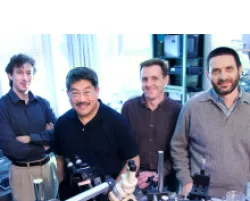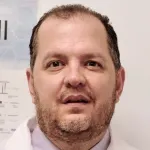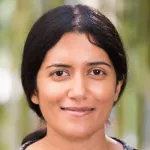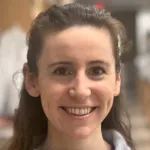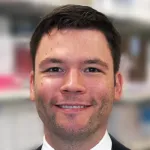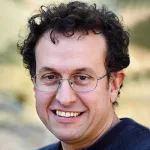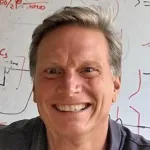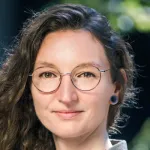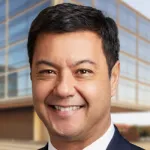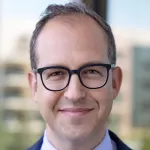
Yair Blumenfeld - Professor of Obstetrics & Gynecology (Maternal Fetal Medicine)
Dr. Yair Blumenfeld is a Professor in the Division of Maternal-Fetal Medicine & Obstetrics, Department of Obstetrics & Gynecology at Stanford University School of Medicine. His clinical focus is management of high-risk pregnancies in the outpatient and inpatient settings, including comprehensive prenatal, intrapartum, and postpartum care. He serves as the fetal therapy domain lead for the Dunlevie Maternal-Fetal Medicine Center for Discovery, Innovation and Clinical Impact, as well as the Director of Fetal Therapy at Lucile Packard Children’s Hospital at Stanford.

